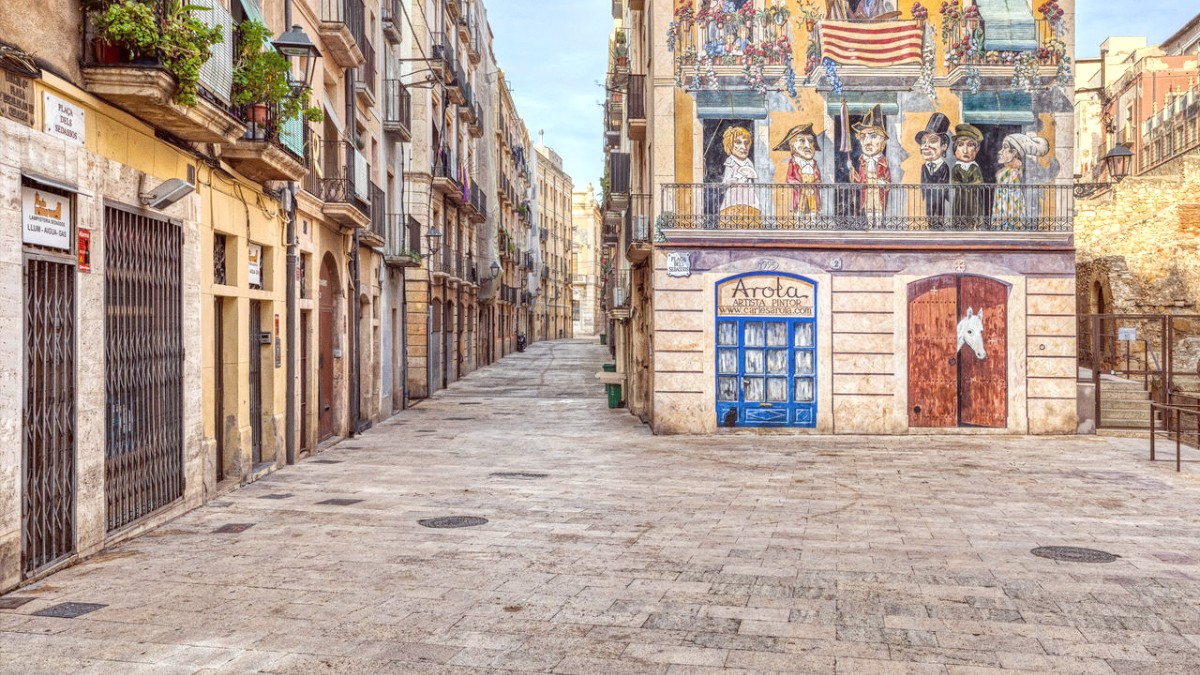
Catalonia, Spain
Tarragona's most famous sites connect directly to its Roman past. These structures are enduring testaments to a powerful ancient city.
A UNESCO World Heritage designation honors the historical Roman ensemble.
These insights improve your visit, helping you see more of Tarragona's beauty.
Smaller galleries exist in Part Alta. Check local listings for temporary exhibitions.
Main municipal theater hosts concerts, plays, and dance.
Venue for conventions, larger concerts, and events. Check its public performance schedule.
Access additional resources and local event schedules.
Consult local tourist guides for current events.
Tarragona's layers of history go beyond the main landmarks. Explore into its ancient and medieval past.
Remains of the city's main public square, where political, social, and commercial life thrived.
Smaller and less preserved than the Amphitheatre, it offers another perspective of Roman public life.
A stunning Roman aqueduct a few kilometers outside the city. Part of the Roman water supply. Access by car or local bus.
A large ancient Roman quarry. Stone for city buildings came from here. 'La Mèdol,' a standing column, marks where quarrying stopped.
The medieval Old Town, built atop and within Roman city walls. Charming squares like Plaça de la Font and Plaça del Forum. Architecture shows layers of history.
Tarragona features distinguished modernist buildings. Examples around Rambla Nova and Mercat Central by Josep Maria Pujol de Barberà.
Tarragona Cathedral is a must-visit landmark. Several smaller Romanesque churches exist, offering quieter places of worship and historical interest. Monumento a los Castellers: A modern sculpture on Rambla Nova. Commemorates "castellers" (human towers), an UNESCO-recognized Catalan tradition. A striking photo opportunity.
Parc de la Ciutat: Large urban park with green spaces, playgrounds, walking paths. Parc del Miracle: Near the beach, pleasant strolls and sea views. Balcó del Mediterrani: The iconic viewpoint, giving sweeping sea views. Coastal Paths (Camí de Ronda): Stunning views of cliffs and beaches between Tarragona and nearby towns for walks.
Wildlife viewing within the city remains limited. For more significant wildlife, consider protected areas like the Ebro Delta. Coastal cliffs and rock formations along the Costa Daurada present interesting geological features.
Beyond the main tourist circuit, Tarragona keeps many less-known treasures, rewarding exploration.
Discover lesser-known spots that capture Tarragona's authentic character and give unique insights.
These places provide a more intimate connection with the city, away from the typical tourist routes.
Expand your journey to nearby areas for cultural and historical insights.
These sites offer a peaceful look at Catalonia's monastic heritage.
Capture the beauty of Tarragona with these prime photo opportunities.
The city's light and historical settings create stunning visuals.
Frame your perfect shot at Tarragona's most recognizable locations.
These locations offer distinct photographic opportunities.
Group nearby attractions to optimize your time. For example, combine the Amphitheatre, Circus, and Praetorium Tower as they sit close. Public transport within the city is efficient for longer distances.
Visit outdoor sites early morning or late afternoon to escape midday heat and crowds, especially in summer. Museums generally have cooler interiors. Some smaller sites might have limited hours; confirm before visiting. Weekends often mean more local activity but also more visitors.
Part Alta's cobblestones and hills can be challenging for those with mobility issues. Newer parts of the city and main attractions generally offer better access. Some Roman sites have ramps or lifts, but check specific site information. Wear comfortable shoes for walking.
They often reveal stories and details not found in guidebooks. Audio guides at sites give self-paced information.
Tarragona is a safe city. Still, maintain awareness of your belongings, especially in crowded tourist areas and on public transport. Petty crime, like pickpocketing, occurs. Keep valuables secure and out of sight.
Tarragona's Roman archaeological ensemble holds UNESCO World Heritage status. This recognition protects the sites and highlights their outstanding universal value. Approach these ancient ruins with respect for their historical significance.
Its status highlights a commitment to preserving these invaluable remnants of the past for future generations.